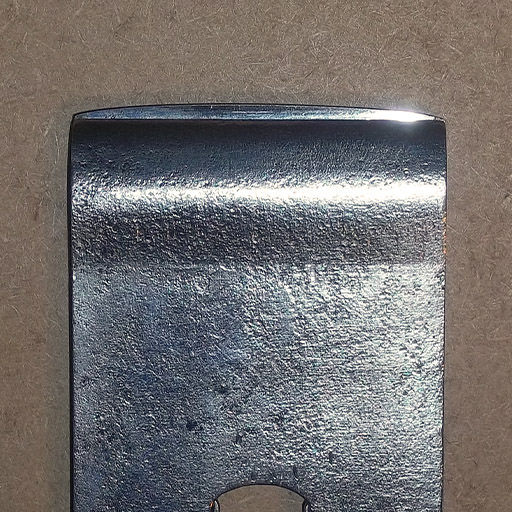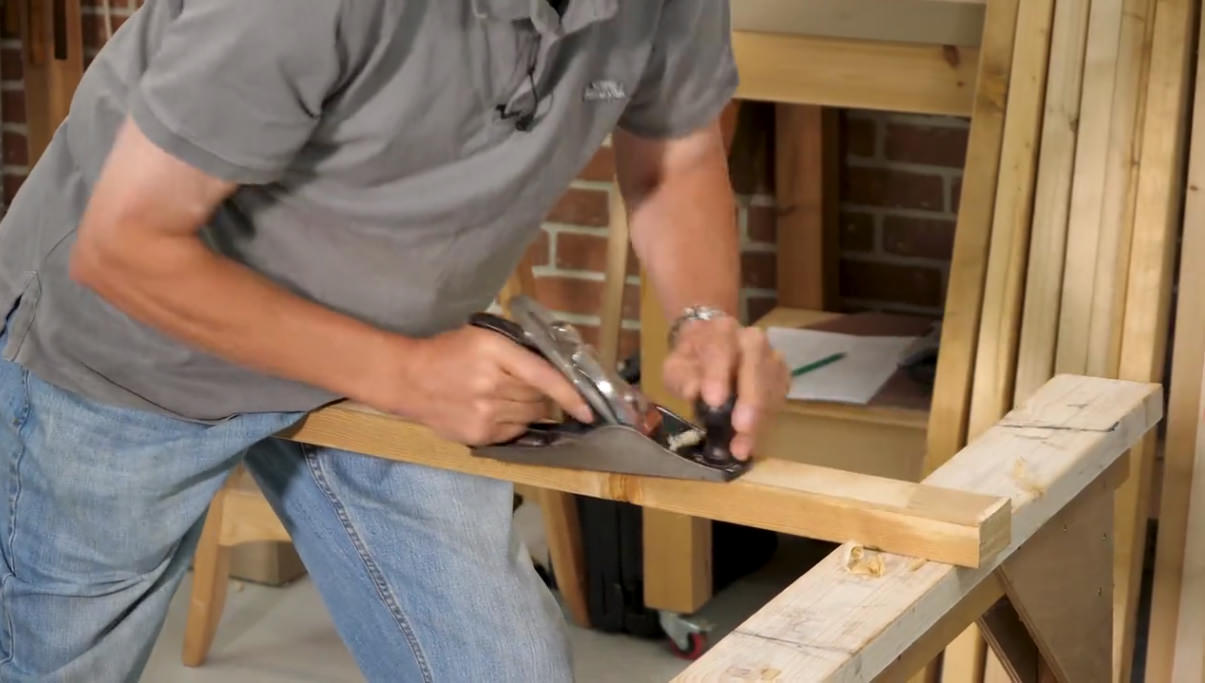Chris152
Established Member
I'm currently planing and squaring a 2 metre x 20 cm x 3.5 cm piece of sweet chestnut that is rough sawn air dried with a 5 1/2 plane, and have a couple of questions if I may...
1. I've reduced the length to 120 cm and 80 cm to make it more manageable and for later dimensioning. I find the flate faces of the 120 length tricky to do from one end or even from the side in one pass. Should I continue to struggle with one pass along the length or do it in sections (I tried 2 sections, trying to be careful to take the same off each).
2. Particularly on the initial passes with the plane, a lot of dust seems to come off before and then with the shavings. I don't have any extraction for this (but have a window and garage door open). Would I be better off carefully using a belt sander with dust extraction to get the initial mess off, and then continue to plane? Or just put a mask on and hand plane till the dust reduces? Do people wear masks when using a hand plane??
I'd appreciate any advice. Thanks, Chris.
1. I've reduced the length to 120 cm and 80 cm to make it more manageable and for later dimensioning. I find the flate faces of the 120 length tricky to do from one end or even from the side in one pass. Should I continue to struggle with one pass along the length or do it in sections (I tried 2 sections, trying to be careful to take the same off each).
2. Particularly on the initial passes with the plane, a lot of dust seems to come off before and then with the shavings. I don't have any extraction for this (but have a window and garage door open). Would I be better off carefully using a belt sander with dust extraction to get the initial mess off, and then continue to plane? Or just put a mask on and hand plane till the dust reduces? Do people wear masks when using a hand plane??
I'd appreciate any advice. Thanks, Chris.



































